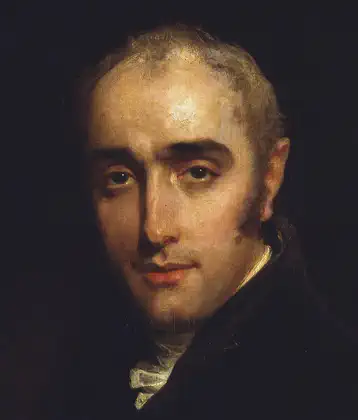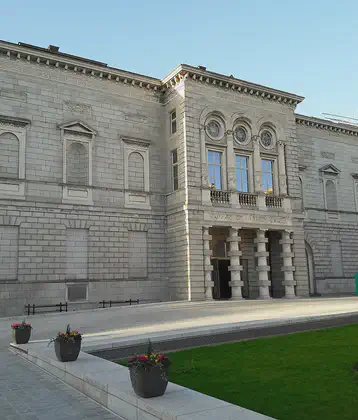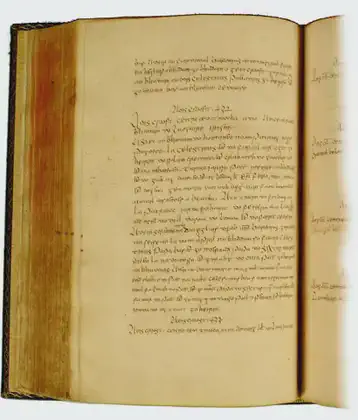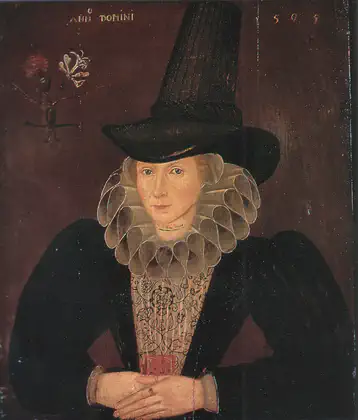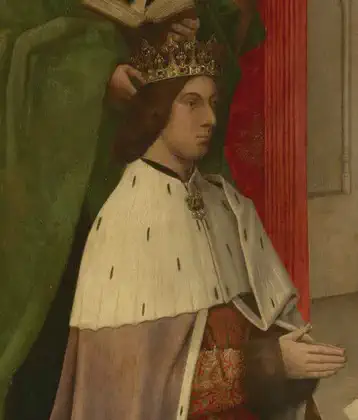On August 10, 1848 in Celtic History
Birth in clonakilty of william hartnett, master of still life painting
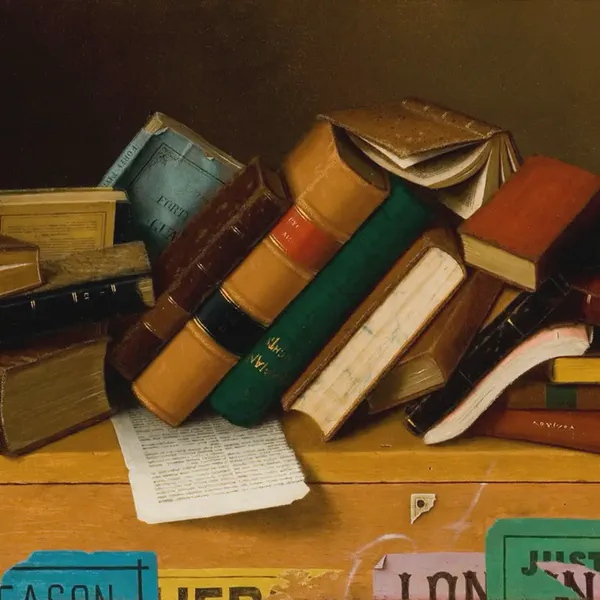
William Michael Harnett, a renowned master of still life painting, was born in Clonakilty, County Cork, Ireland, on August 10, 1848. Harnett became one of the most celebrated still life painters of the 19th century, known for his incredible skill in creating highly detailed and realistic depictions of everyday objects.
Early Life and Background
- Emigration to America: Although Harnett was born in Clonakilty, his family emigrated to the United States when he was still a child, settling in Philadelphia. This move would be crucial in shaping his future career as an artist.
- Education: Harnett pursued formal art training in the United States, studying at the Pennsylvania Academy of the Fine Arts and later at the Cooper Union in New York City. His early exposure to different artistic techniques and styles played a key role in his development as a still life painter.
Career and Artistic Style
Master of Still Life: Harnett became famous for his trompe-l’oeil (French for “deceive the eye”) still life paintings. This style involves creating a highly realistic image that tricks the viewer into thinking they are looking at actual objects rather than a painted representation. His work often featured everyday items such as books, musical instruments, and household objects, rendered with meticulous attention to detail and texture.
Popular Works: Some of Harnett’s most famous works include “The Old Violin” (1886), “After the Hunt” (1885), and “Music and Good Luck” (1888). These paintings are celebrated for their precision, use of light and shadow, and the lifelike quality of the depicted objects. Harnett’s ability to capture the fine details of wood, metal, and other materials made his work stand out in the American art scene of the late 19th century.
Influence and Legacy: Harnett’s work had a significant influence on American still life painting, inspiring a generation of artists to explore the trompe-l’oeil style. His paintings were widely admired for their technical skill and have been the subject of numerous exhibitions and scholarly studies.
Later Life and Death
Later Years: Despite his success, Harnett struggled with financial difficulties later in life. He continued to paint, but his health began to decline in the 1890s.
Death: William Harnett passed away on October 29, 1892, in New York City at the age of 44. Although his life was relatively short, his contributions to the art of still life painting have ensured his lasting legacy.
Legacy
Artistic Impact: Harnett’s work remains highly regarded in the art world, and his paintings are held in major collections, including those of the Metropolitan Museum of Art in New York and the National Gallery of Art in Washington, D.C. His ability to blend technical skill with artistic creativity has made him a significant figure in American art history.
Recognition in Ireland: Although Harnett spent most of his life in the United States, his Irish heritage is often acknowledged, and he is remembered as one of the many talented individuals who contributed to the rich cultural exchange between Ireland and America.
William Harnett’s birth in Clonakilty, County Cork, marked the beginning of a life that would see him become one of the most skilled and celebrated still life painters of his era. His work continues to be admired for its technical brilliance and the captivating realism of his depictions of everyday objects.
More From This Day

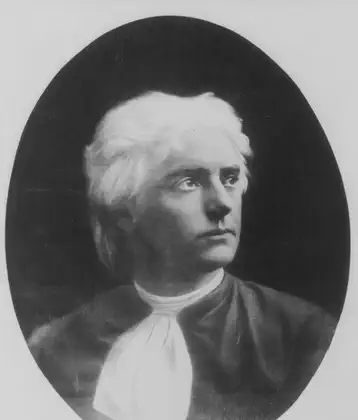
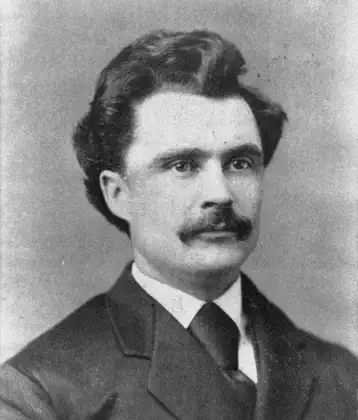
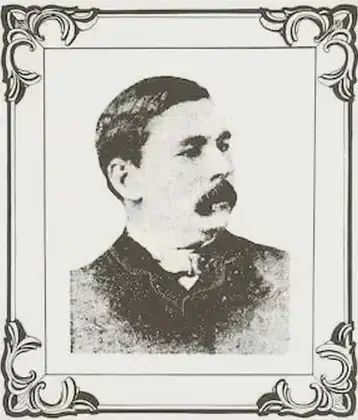

Education (Scotland) Act passed, providing elementary education for all children.
August 10, 1872
